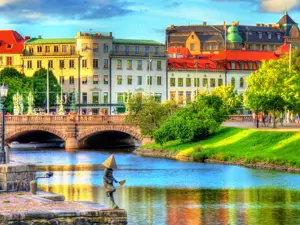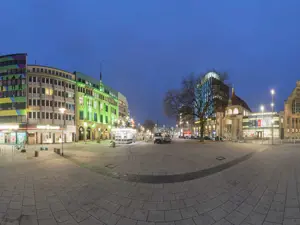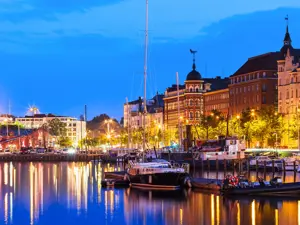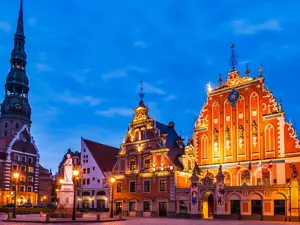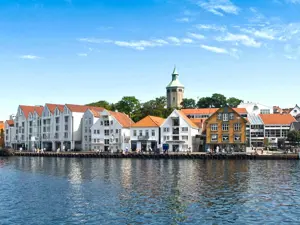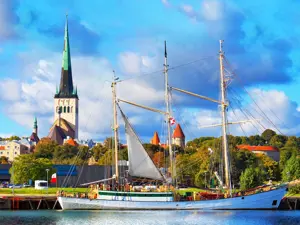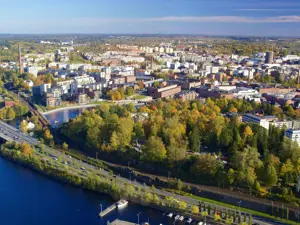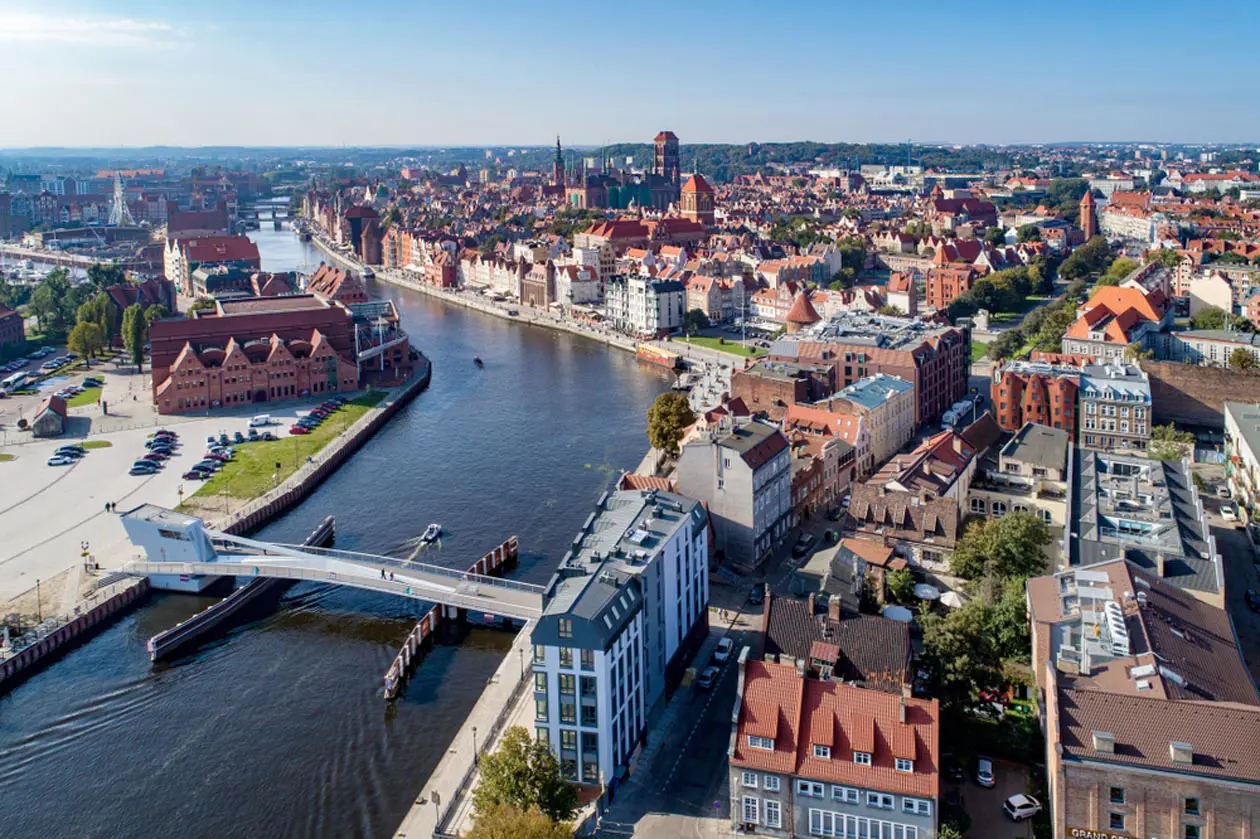
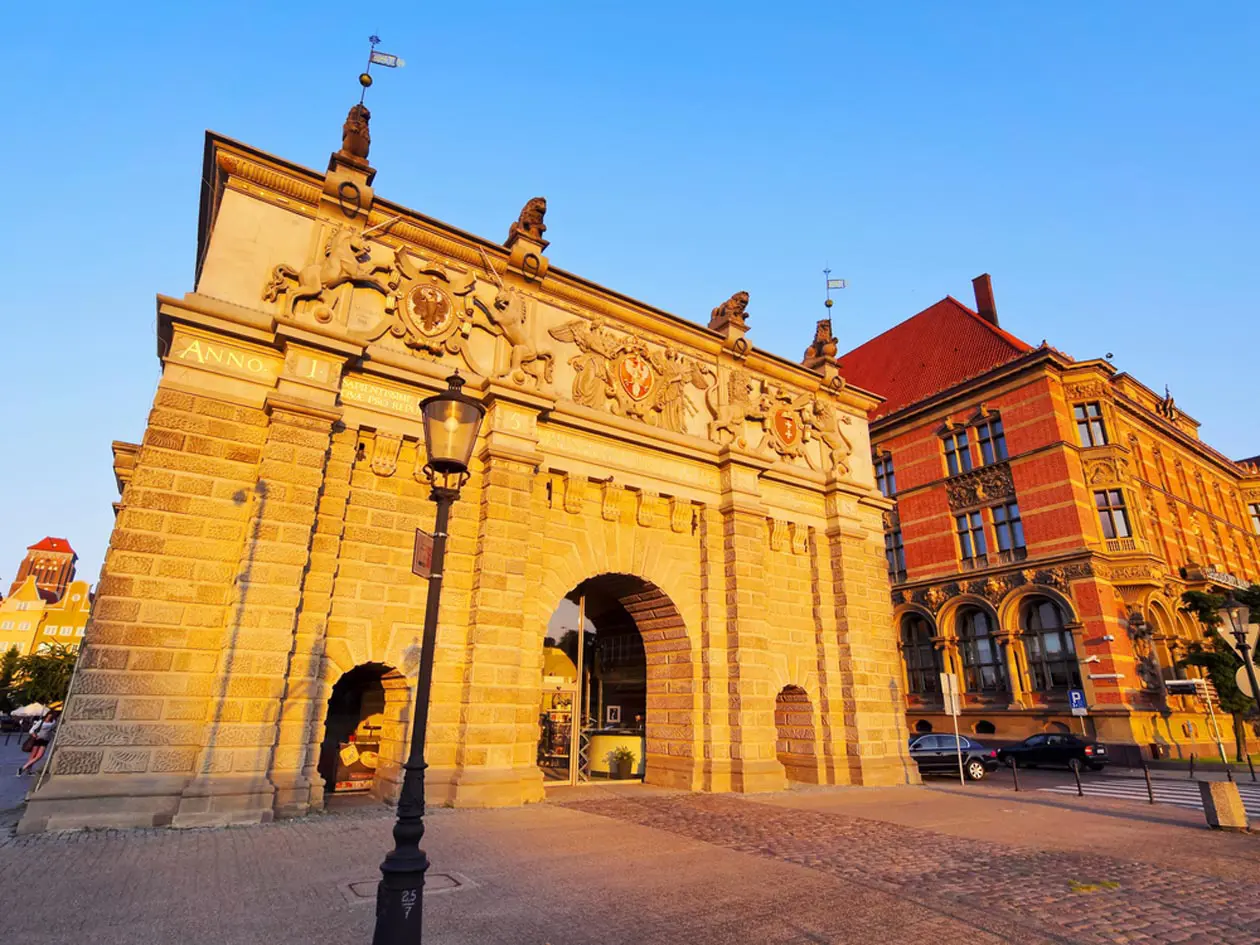 Brama Wyzynna Copyright © Sisterscom.com / Shutterstock
Brama Wyzynna Copyright © Sisterscom.com / Shutterstock 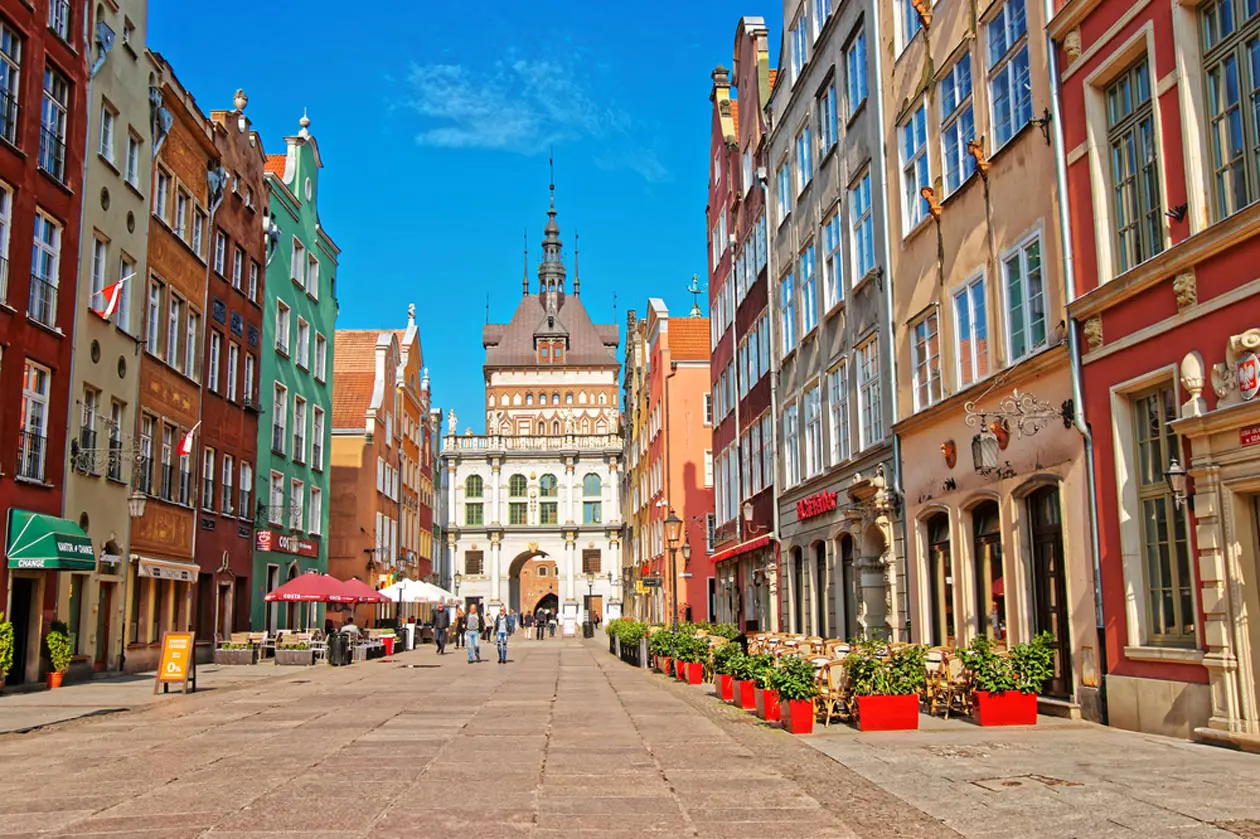 Golden Gate Copyright © Sisterscom.com / Shutterstock
Golden Gate Copyright © Sisterscom.com / Shutterstock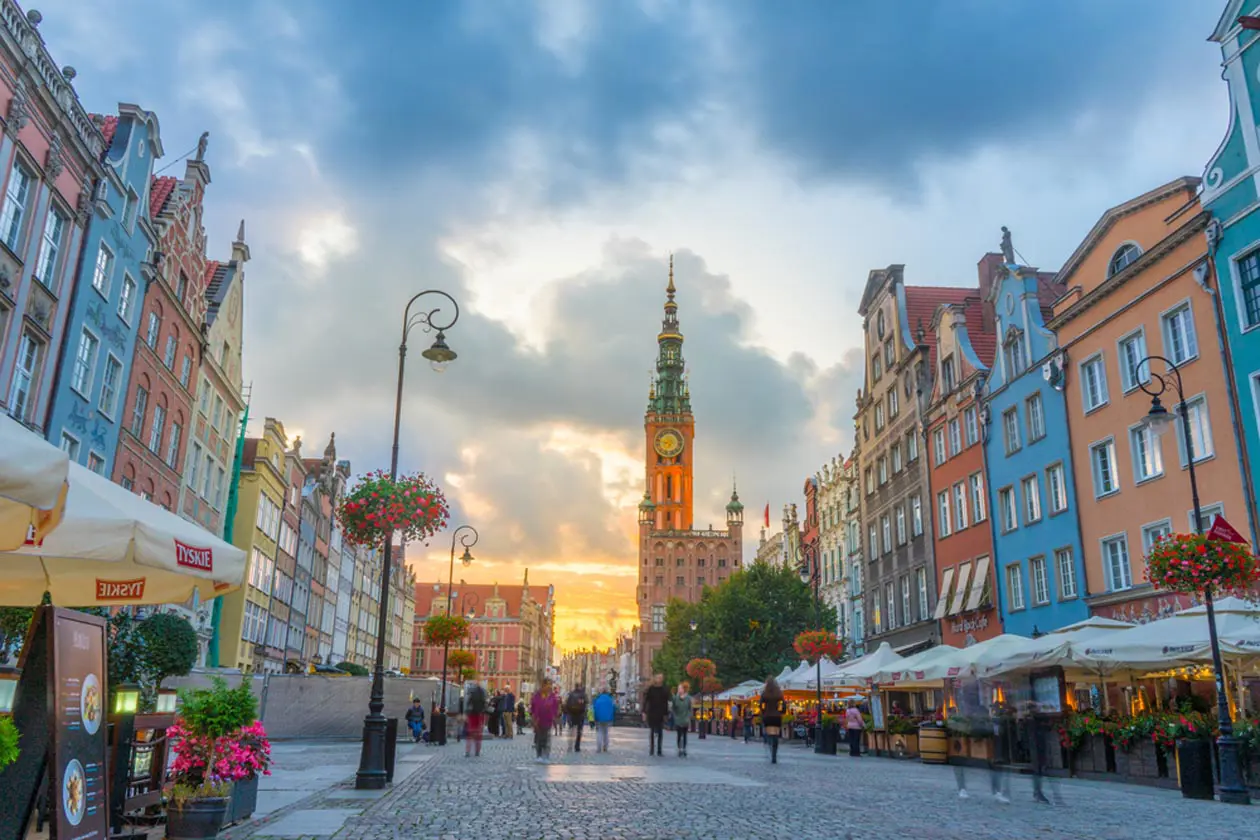 Dlunga Street Copyright © Sisterscom.com / Shutterstock
Dlunga Street Copyright © Sisterscom.com / Shutterstock 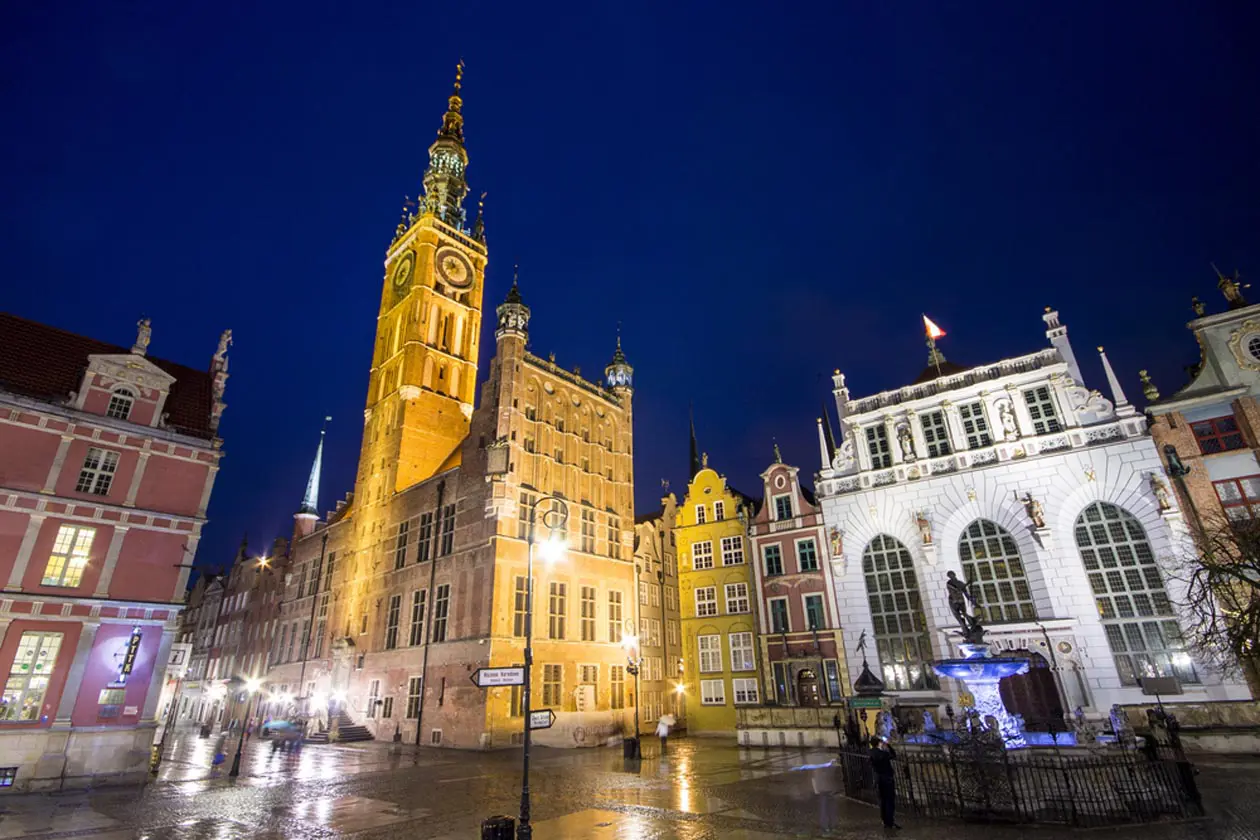
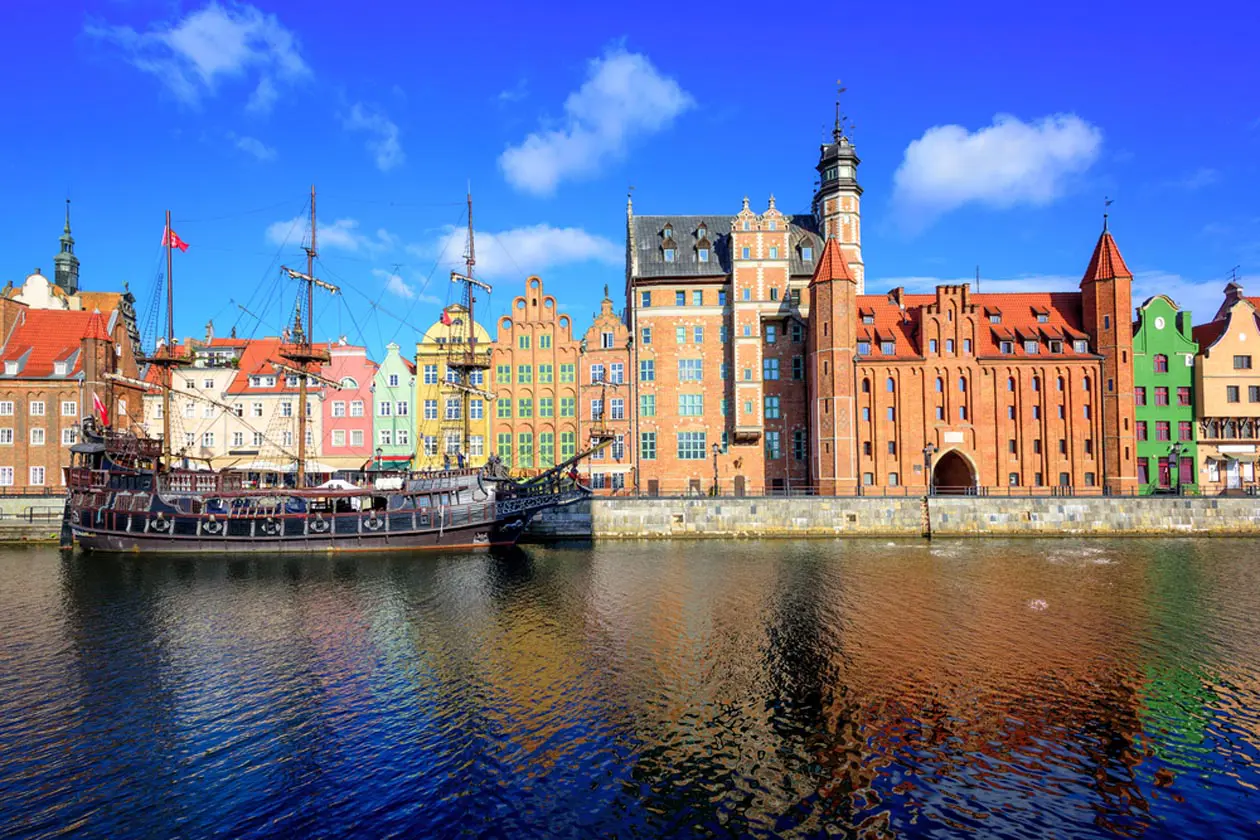
 Basilica of the Assumption of the Blessed Virgin Mary Copyright © Sisterscom.com / Shutterstock
Basilica of the Assumption of the Blessed Virgin Mary Copyright © Sisterscom.com / ShutterstockAround Gdansk


Photos for editorial use only: Copyright © Sisterscom.com, Shutterstock
Copyright © Sisterscom.com

Gdansk is a welcoming city and offers different possibilities for accommodation.

This is one of the most valuable monuments of late Renaissance architecture. The form and symbolism of the gate refer to classic traditions. Deprived of its original defensive functions, it became a triumphal arch, an allegory of the wealth and power of the city. During the years 1803-1872, the Golden Gate became the site of the School of Fine Arts.

The Town Hall was built between 1379-1382 and survived several fires and a series of wars. In 1946 the reconstruction of the town hall was a difficult and today is considered as one of the outstanding Polish post-war conservation achievements. After the reconstruction, the City Hall houses the Historical Museum of Gdansk, which since 2000 has become the Museum of the History of Gdansk. Inside the Great Hall of the Council, the Red Room.

The St. Catherine's Church is the oldest parish church in the Old Town erected between 1227 and 1239 and later expanded in the 14th century. It was rebuilt after the destruction of 1945. Today in the church you can admire paintings by Anton Möller and Izaak van den Blocke. You can also observe the tombstone of the famous astronomer Jan Hevelius, dating back to 1659. The church tower, 76 meters high, supports a nice carillon and a museum.

The largest brick church in Gdańsk, in Poland and also in the world, is St. Mary’s Church that is properly called the Basilica of the Assumption of the Blessed Virgin Mary and is the most beautiful historic building in the city. It took 159 years for the construction of this majestic Church that encloses within centuries of history: a collection of Gothic altars and a golden altar in the center depicting the coronation of St. Mary and many biblical scenes.

The Museum collects and preserves the mechanisms of the clock tower. The accumulated collection spans the entire period of development of clock-making from the 15th to the 20th century. The Museum maintains a number of historical clocks situated in all over Poland and has also a unique bell playing instrument, a carillon to ring the bells. To date just 2 carillons are in Poland, in Gdańsk. One is in the Main Town Hall and the other in the tower of Saint Catherine’s Church.

The Museum of Polish Post in Gdańsk was opened on the occasion of the 40th anniversary of the Nazi attack in Poland. Doctor Wincenty Kućma, a sculptor from Kraków Academy of Fine Arts, was the main designer of the monument. The most interesting exhibit in the museum concerns one of the ten post boxes, which on 5 January 1925 were installed on the buildings belonging to Polish authorities. The second room is dedicated to telecommunication technology.

In February 2000 Mr. Paweł Adamowicz, the Gdańsk City Mayor, established the creation of an Amber Museum as a branch of Gdansk History Museum. The official opening ceremony of the Amber Museum was held on June 8, 2006. The traditions of Gdańsk amber craftsmen are reflected especially in the monumental sculptures, decorations and everyday use items. Nowadays amber is used usually in jewellery.

Malbork is located about 50 kilometres away from Gdańsk and was founded as a settlement around a castle that was built in 1274. the erection of which started in 1274. In 1309 the Great Master of the Order, Siegfried von Feuchtwagen, moved his residence from Venice to Malbork and thanks to this transfer, the castle and the city became the capital of the Teutonic state. The Malbork Castle was enlarged and is considered as the largest Gothic fortress in Europe and was added to the list of World Cultural Heritage by Unesco in 1997.














